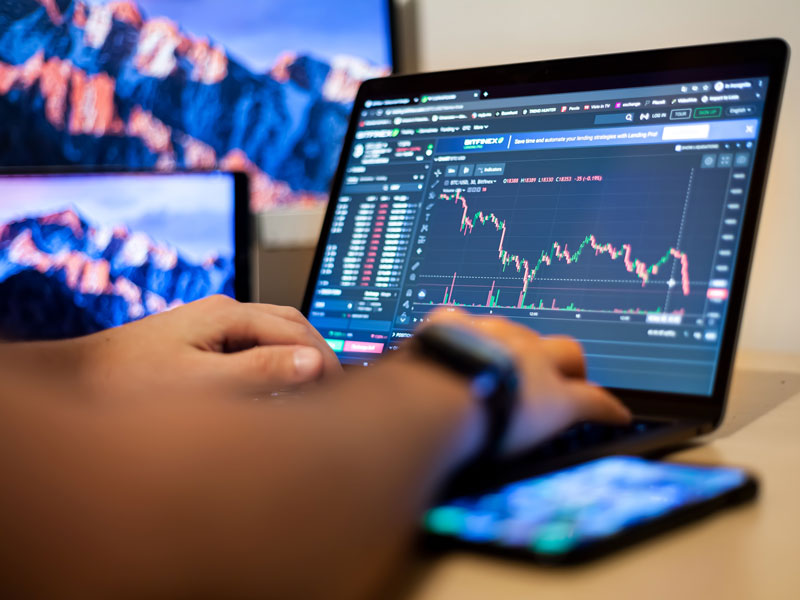
The world of forex trading is intricate and dynamic, with many traders seeking ways to enhance their investment strategies. One of the most effective methods to achieve this is through the use of technical indicators. These powerful tools provide valuable insights into market trends and price movements, enabling traders to make well-informed decisions. In this article, we will delve into the best indicators for forex trading, helping you maximize your success in the Forex market. To start your journey in forex trading, consider exploring platforms like best indicators for forex trading Trading Platform VN, which can provide you with essential tools and resources.
Understanding Forex Indicators
Forex indicators are mathematical calculations based on historical price and volume data. They are plotted on price charts to help traders identify patterns, trends, and potential market movements. There are two primary categories of indicators: leading and lagging. Leading indicators attempt to predict price movements before they happen, while lagging indicators react to changes in price after they occur. A successful trader often combines both types to enhance their trading strategies.
1. Moving Averages
Moving averages (MAs) are among the most commonly used indicators in forex trading. They smooth out price data to identify trends over a specific period. The two most popular types of moving averages are the Simple Moving Average (SMA) and the Exponential Moving Average (EMA).
– **Simple Moving Average (SMA)**: This is calculated by taking the average price of a currency pair over a set number of periods. For example, a 50-day SMA would sum the last 50 days’ closing prices and divide by 50. It helps traders identify the overall direction of the market.
– **Exponential Moving Average (EMA)**: The EMA gives more weight to recent prices, which makes it more responsive to current market movements. Traders often use different EMAs (e.g., 20-day, 50-day, 200-day) to identify bullish or bearish trends.
2. Relative Strength Index (RSI)
The Relative Strength Index (RSI) is a momentum oscillator that measures the speed and change of price movements. Ranging from 0 to 100, the RSI helps traders evaluate overbought or oversold conditions in a financial market. Generally, an RSI above 70 indicates that a currency pair may be overbought, while an RSI below 30 suggests it may be oversold. Traders often look for divergences between the RSI and the price, providing potential early signals for reversals.
3. Moving Average Convergence Divergence (MACD)
The MACD is another popular momentum indicator that shows the relationship between two moving averages of a security’s price. It consists of three components: the MACD line, the signal line, and the histogram. The MACD line is the difference between the 12-day EMA and the 26-day EMA, while the signal line is the 9-day EMA of the MACD line. The histogram represents the difference between the MACD line and the signal line.
Traders look for crossovers of the MACD line over the signal line as potential buy or sell signals. If the MACD crosses above the signal line, it may indicate a bullish trend, while a crossover below suggests a bearish trend.
4. Bollinger Bands

Bollinger Bands are volatility indicators that consist of a middle band (SMA) and two outer bands that are standard deviations away from the SMA. The bands expand and contract based on market volatility. When the bands are narrow, it indicates lower volatility and potential price movement, while wider bands suggest higher volatility.
Traders often use Bollinger Bands to identify potential reversals. When the price touches the upper band, it may indicate overbought conditions, and conversely, touching the lower band may suggest oversold conditions. A breakout above or below the bands can indicate a continuation of the trend.
5. Fibonacci Retracement
Fibonacci retracement is a tool used to identify potential support and resistance levels based on the Fibonacci sequence. Traders typically use this tool by identifying the high and low points of a price movement and then applying Fibonacci levels (23.6%, 38.2%, 50%, 61.8%, and 100%).
The levels help traders anticipate where price corrections might occur after a strong price movement. For instance, if a currency pair retraces to the 50% level, it may bounce back and resume its previous trend.
6. Average True Range (ATR)
The Average True Range (ATR) is a volatility indicator that measures market volatility by decomposing the entire range of an asset price for that period. Unlike other indicators, the ATR does not indicate price direction but rather how much the price is likely to move in either direction.
Traders use ATR to determine position sizing and set stop-loss orders. A higher ATR suggests greater volatility, which may require smaller position sizes to manage risk effectively.
7. Stochastic Oscillator
The Stochastic Oscillator is a momentum indicator comparing a closing price of a currency pair to its price range over a specific period. The stochastic values range from 0 to 100, with values above 80 indicating overbought conditions and values below 20 suggesting oversold conditions.
This indicator is particularly useful in sideways trading markets, where it provides potential entry and exit signals based on price momentum. The indicator often produces signals through crossovers of its two lines, %K and %D.
Conclusion
Incorporating technical indicators into your forex trading strategy can enhance your decision-making process and increase your chances of success. However, it is essential to remember that no indicator is foolproof, and they should be used in conjunction with proper risk management and trading strategies. Testing various indicators and finding the right combination for your trading style can help you navigate the complex forex market more effectively. Start experimenting with these indicators today to see how they can improve your trading performance.

